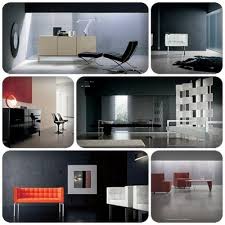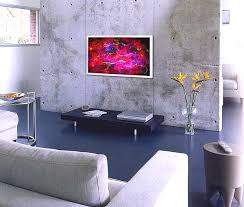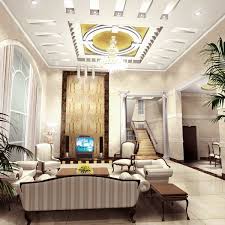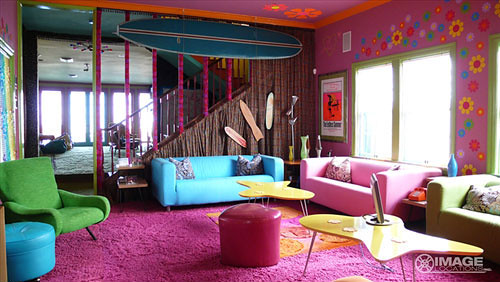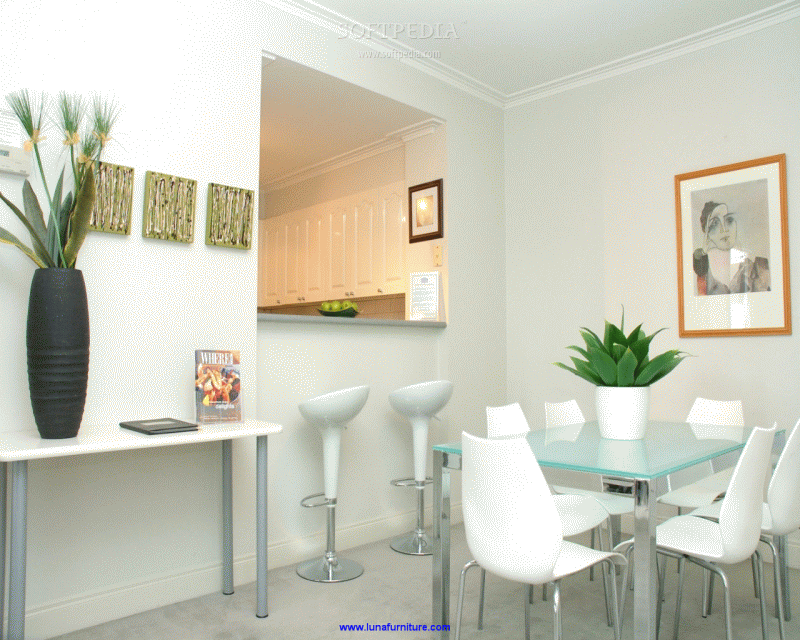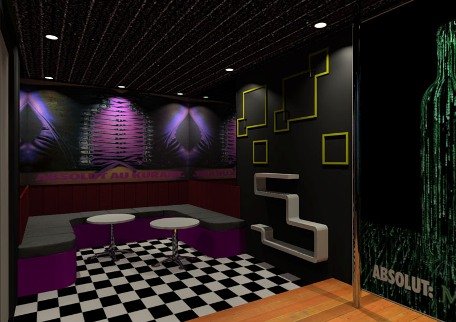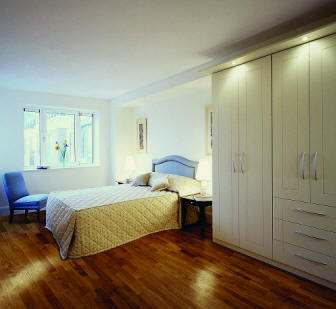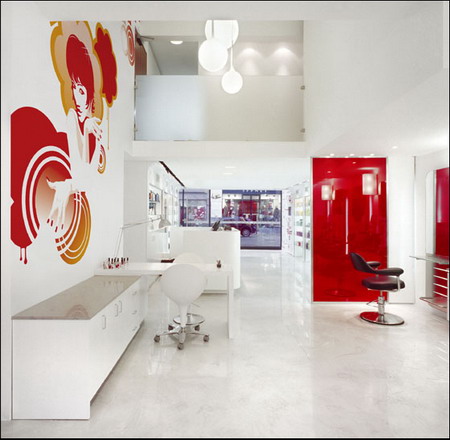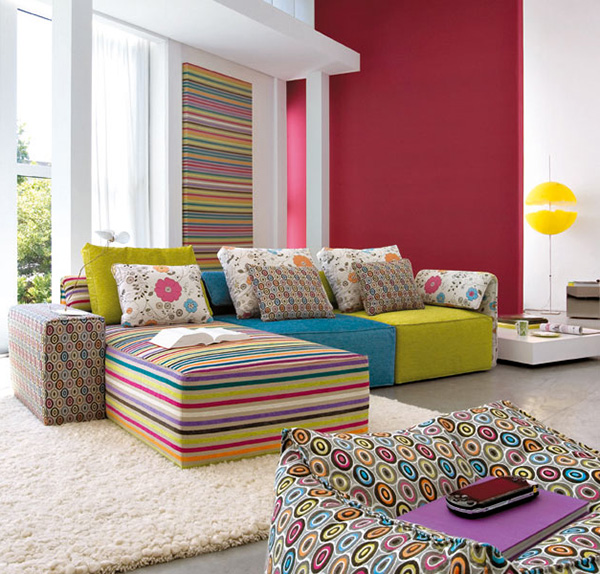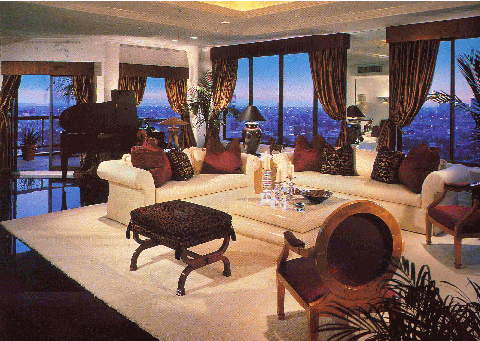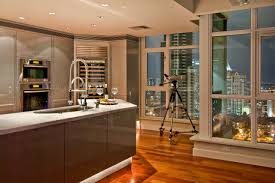
If you don't want curtains in your bedroom why not take inspiration from the idea of using two different types of blinds?
Venetian blinds fitted inside the recess of the window provides the privacy you need without the use of net curtains, whilst a linen blend Roman blind style breaks the starkness, adding a soft and gentle touch which is ideal for bedrooms.
The great advantage of using two types of blinds is the endless possibilities of colour combinations you can use! White Venetian blinds provide you with a crisp clean look, as well as the versatility of being able to control the amount of light entering the room, whilst you can have a fabric blind which matches or coordinates with your bedding sets to bring the room together and provide a sense of balance.
This style of window dressing becoming increasingly popular as it a great money saver! Not only can ready made Roman blinds be bought inexpensively, you can also make your own Roman blinds which opens up a whole world of wonderful fabrics to choose from. Double layering window dressings is also a good way to help reduce heat loss via your windows, especially if you select a medium weight fabric for the Roman blinds.
Image: two ellie blogspot

